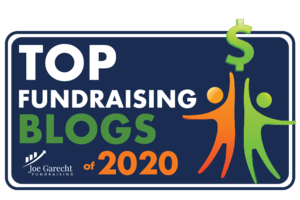Do you like getting something for free? I do, especially when it can help me be more successful.
Now, thanks to Russell James, JD, PhD, CFP, the Texas Tech University professor and philanthropy researcher, you can download a free, 427 page book that will become an important reference source in your fundraising library.
Whether you call it planned giving, gift planning, legacy planning, philanthropic planning, charitable estate planning, charitable gift planning, or something else, the subject is complex. However, it does not have to be overwhelmingly confusing.
 To help you, James has put together the book Visual Planned Giving: Introduction to the Law & Taxation of Charitable Gift Planning, newly revised and updated for 2017. Designed for fundraisers and financial advisors seeking to expand their knowledge about charitable gift planning, this introductory book addresses all of the major topics in planned giving law and taxation.
To help you, James has put together the book Visual Planned Giving: Introduction to the Law & Taxation of Charitable Gift Planning, newly revised and updated for 2017. Designed for fundraisers and financial advisors seeking to expand their knowledge about charitable gift planning, this introductory book addresses all of the major topics in planned giving law and taxation.
The gift planning topics you’ll learn about include elements of a gift, documentation requirements, valuation rules, income limitations, bargain sales, charitable gift annuities, charitable remainder trusts, charitable lead trusts, life insurance, retirement assets, private foundations, and donor advised funds. Over 1,000 full-color illustrations and images will guide you through complex concepts in a visual and intuitive way. James makes planned giving accessible and pain-free for the busy professional.











